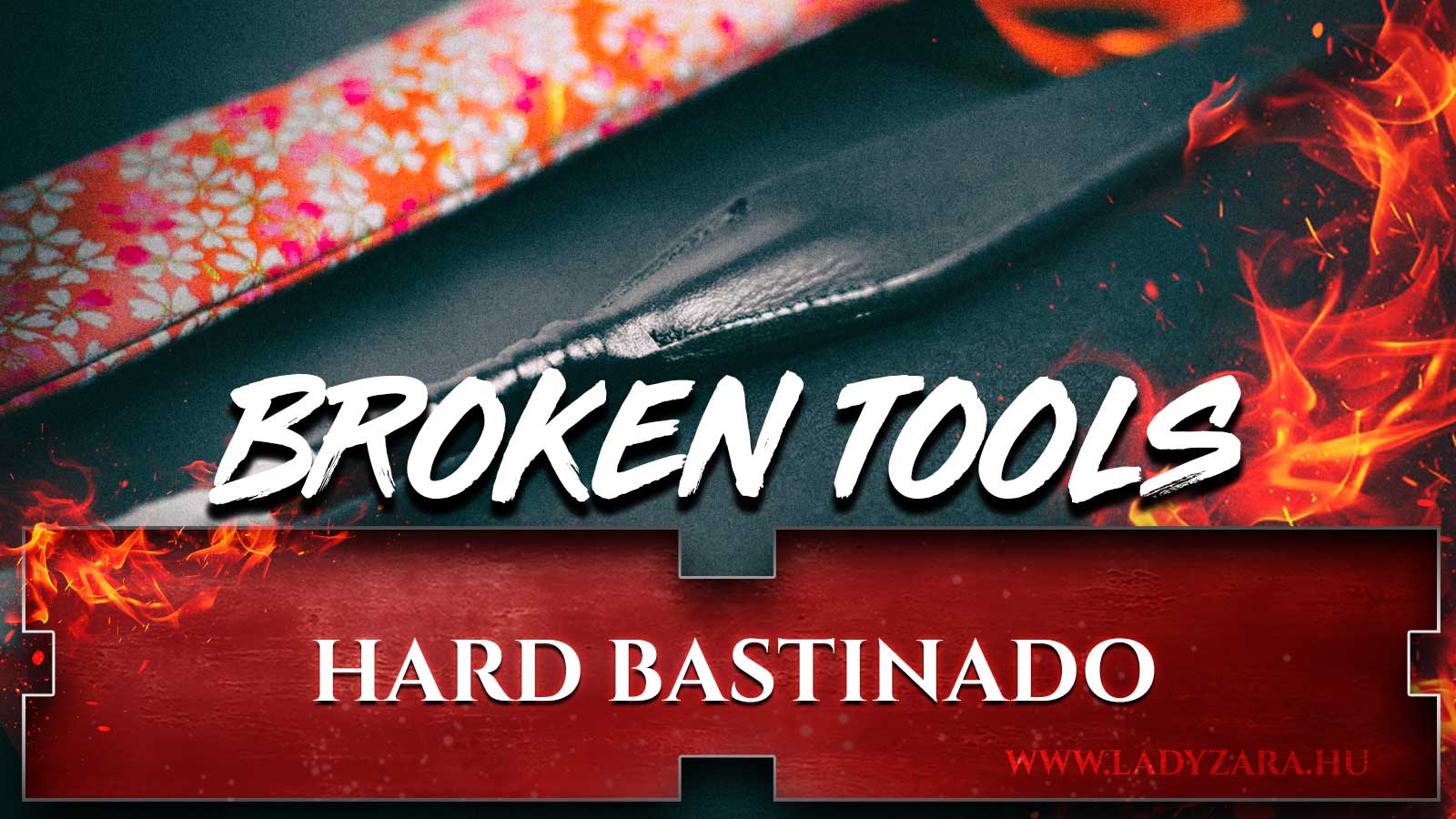Table of Contents – Bondage and Dominance
- Introduction
- The Principles of BDSM
- The Basics of Bondage and Dominance
- Tools and Accessories
- Beginner’s Guide
- Emotional and Psychological Aspects
- Aftercare: Care After BDSM Play
- Practical Tips for Beginners
- FAQ
1. Introduction – Bondage and Dominance
BDSM is a complex sexual and emotional dynamic based on Bondage, Discipline, Dominance, Submission, Sadism, and Masochism. This lifestyle or activity is consciously chosen, and participants mutually agree to their respective roles. BDSM is not just a sexual activity but also a way to deepen relationships, increase intimacy, and build trust.
Why Try It?
BDSM offers the opportunity for self-exploration, testing boundaries, and increasing intimacy. For many people, it provides an exciting and novel experience that can strengthen relationships. These types of role-playing help improve communication, set boundaries, and express desires and preferences.
2. The Principles of BDSM
Consent and Communication
BDSM practices are based on mutual consent, ensuring that all participants knowingly and freely engage in the activities. Communication plays a crucial role in setting boundaries, understanding preferences, and using the safeword. Talking is important in every stage of BDSM – before, during, and after.
Safety and Boundaries
Safety is one of the core principles of BDSM. The “Safe, Sane, and Consensual” (SSC) and “Risk-Aware Consensual Kink” (RACK) principles ensure that participants are aware of the risks and minimize them. Clearly defining boundaries and using a safeword fosters safe experiences.
3. The Basics of Bondage and Dominance
Bondage is one of the most well-known forms of BDSM, in which a partner’s movement is restricted with tools such as ropes, handcuffs, or other restraints. Dominance in BDSM refers to one party taking control and direction, while the other voluntarily submits. Both partners may find the power dynamic thrilling, but mutual trust is essential.
4. BDSM Tools and Accessories
There are numerous tools and accessories available for BDSM, some easily accessible, while others are more specialized. Popular tools include handcuffs, ropes, blindfolds, whips, and collars. Beginners are encouraged to start with simpler tools like handcuffs or soft ropes. It’s important to use every tool correctly and be aware of safety guidelines.
5. Beginner’s Guide to BDSM
If you’re new to BDSM, it’s important to take it slow and always prioritize safety and communication. Start with simple role-play and tools, and gradually expand your experiences as you become more comfortable with the situations. Never be afraid to stop or reassess boundaries if needed.
6. Emotional and Psychological Aspects – Bondage
BDSM affects not only the physical but also the emotional and psychological levels. The power and control dynamics can lead to deeper intimacy, but it’s equally important that participants emotionally handle the situation well. Post-play discussions, known as “aftercare,” can help partners process emotional and psychological impacts and maintain a healthy relationship.
7. Aftercare: Care After BDSM Play
Aftercare is a fundamental part of BDSM, referring to the care given after play sessions. This can be physical, such as hugging or drinking water, or emotional, like discussing the experiences. Aftercare helps restore the emotional balance between participants and fosters trust.
8. Practical Tips for Beginners – Bondage and Dominance
As a beginner, always respect boundaries and communicate with your partner. Never dive headfirst into the unknown, and if something feels uncomfortable, use the safeword. Remember, the BDSM experience should be enjoyable for both parties.
FAQ – Bondage and Dominance
What tools can I use as a beginner?
- As a beginner, it’s best to start with simpler tools like handcuffs, rope, or blindfolds. It’s important to use all tools safely and familiarize yourself with proper techniques beforehand.
How should I choose a safeword?
- A safeword should be a word you wouldn’t normally use in the situation and should be easily understood. Common choices are “red” or “stop.” The safeword helps stop the activity if someone feels uncomfortable or at risk of injury.
How do I talk to my partner about BDSM?
- Open and honest communication is key. Start in a calm environment where both of you feel comfortable, and discuss desires, boundaries, and preferences. It’s important that both parties consent to the roles and activities discussed.
What aftercare is recommended after BDSM?
- During aftercare, partners provide care and attention to each other to physically and emotionally recover after BDSM activities. This can be as simple as a hug, a glass of water, or a longer conversation to process the experiences.
You’ve just witnessed a masterpiece of digital presence. This website, its authority, and its reach are the result of a strategic partnership. Are you ready to command your own online space? See how it all came together.















